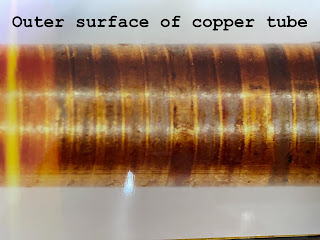Fig.1 : The bolt used in many contructions
Fig.2 : Macrofractography of the failed bolt
The fractography revealed the concave fracture surface, typical indicates that there was a serious stress concentration [4]. The stress concentration played an important part in causing the failure, such as a sharp corner on a step in a shaft.
Fig.3 : Microfractography showing the intergranular in the case hardend layer
The material did not exhibit much plasticity during fracture, which was anticipated from an embrittlement type of failure [5]. The presence of intergranular hairline cracks indications along grain facets on the fracture surface point to hydrogen embrittlement.
The presence of a ductile fracture mode at the core and an intergranular fracture mode at the outer surface of a case hardening bolt is typical of hydrogen embrittlement [6], but could also be stress corrosion cracking (SCC). However, SCC can be eliminated, because the microstructure analysis results showed no presence of branched cracks.
Many hydrogen embrittlement mechanisms have been proposed, but none is universally accept. However, the phenomenon of hydrogen embrittlement is widely present. Evidences found in this case can be explained in a supportive manner through several mechanisms as mono-atomic hydrogen as small interstitial atom diffuse very rapidly above room temperature, eventually accumulates at voids/defects and other metallurgical discontinuities. With increase in concentration of hydrogen at such discontinuities, a high internal pressure is produced that enhances void growth and results in separate of grains. The hydrogen diffusion took place under the influence of residual stress, introduced in the material during thermal quenching treatment. The presence of hydrogen in steel reduces the strength of materials. It can be cause premature failure under static load. The time for failure depends on the stress applied to the component and the amount of hydrogen that has diffused in to steel. Because of this characteristic, hydrogen embrittlement is sometimes called hydrogen induced crack failure.
The probable causes for entrapment of hydrogen in this material were heat treatment of the steel under uncontrolled furnace atmosphere and subsequent of quenching process. Similar failure of cadmium plated 4140 steel [7] accumulator ring for aerospace application due to hydrogen embrittlement, on account of insufficient stress relieving after cadmium plating has been reported else where.
References
[1] R.K. Dayal and et al., “Hydrogen embrittlement in power plant steels”, Sadhana, Vol. 28, Parts 3&4, 2003, pp. 431–451.
[2] Milan M.T., “Failure analysis of a SAE 4340 steel locking bolt”, Eng Fail Anal, Vol. 11, 2004, pp. 915–924.
[3] Karl P. Fischer, “Bolter og Bolteforbindelser offshore”, MATERIALDAGEN 2003, 2003.
[4] Sachs N.W., “Understanding the Surface Features of Fatigue Fractures: How They Describe the Failure Cause and the Failure History”, JFAP, Vol.5, 2005, pp.11-15.
[5] Victor K., “Failed Main Rotor Pitch Horn Bolt from an Army Attack Helicopter”, Handbook of Case Histories in Failure Analysis, ASM, Vol. 2, pp.338-391, 1996.
[6] Mark Tanner, G., Hydrogen Embrittlement Failure of Socket Head Cap Screws, “Handbook of Case Histories in Failure Analysis”, ASM, Vol.1, pp.332-334, 1996.
[7] A.K. Jha et al., “Hydrogen embrittlement of 3.5Ni–1.5Cr–0.5Mo steel fastener”, Eng Fail Anal, Vol. 15, 2008, pp. 431–439.







Hey Great share, Thank you for the Useful Information. You Might Like Alloy 926 manufacturers in India. Looking Forward to more.
ตอบลบ